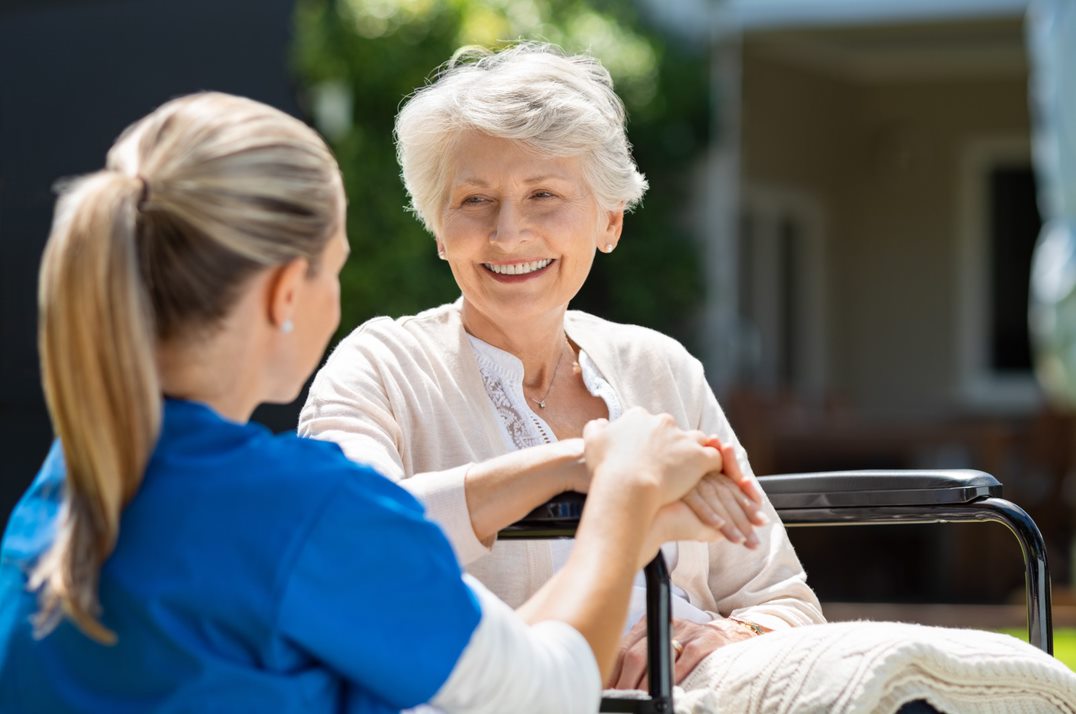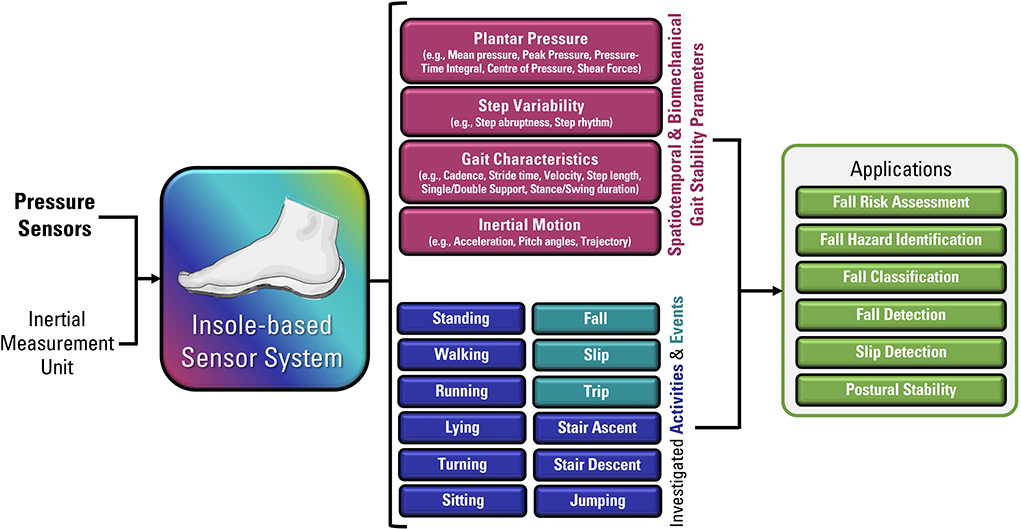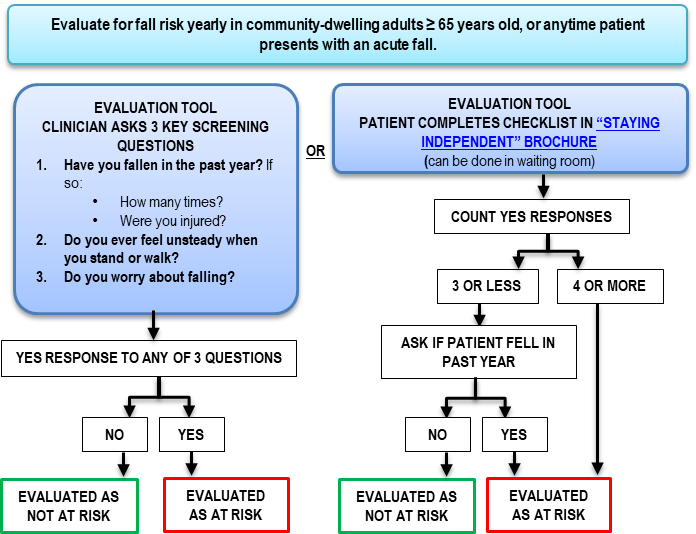Dementia Fall Risk Fundamentals Explained
Some Known Details About Dementia Fall Risk
Table of ContentsGetting The Dementia Fall Risk To WorkDementia Fall Risk Can Be Fun For AnyoneMore About Dementia Fall RiskSome Of Dementia Fall Risk
A fall threat assessment checks to see how most likely it is that you will certainly fall. The analysis usually includes: This includes a collection of questions regarding your overall health and if you've had previous falls or troubles with balance, standing, and/or walking.Interventions are suggestions that may reduce your danger of falling. STEADI includes 3 actions: you for your danger of dropping for your risk elements that can be improved to attempt to protect against drops (for example, balance troubles, damaged vision) to minimize your threat of falling by using effective strategies (for instance, supplying education and resources), you may be asked numerous concerns including: Have you dropped in the past year? Are you worried concerning falling?
If it takes you 12 secs or more, it may mean you are at greater risk for an autumn. This test checks stamina and balance.
Relocate one foot midway forward, so the instep is touching the big toe of your other foot. Move one foot fully in front of the various other, so the toes are touching the heel of your various other foot.
Dementia Fall Risk Can Be Fun For Anyone
The majority of drops take place as an outcome of several adding factors; for that reason, handling the danger of falling begins with determining the aspects that add to fall danger - Dementia Fall Risk. A few of the most relevant risk factors consist of: Background of previous fallsChronic medical conditionsAcute illnessImpaired gait and balance, reduced extremity weaknessCognitive impairmentChanges in visionCertain risky medicines and polypharmacyEnvironmental elements can also increase the risk for drops, consisting of: Poor lightingUneven or harmed flooringWet or slippery floorsMissing or harmed hand rails and get barsDamaged or incorrectly fitted equipment, such as beds, mobility devices, or walkersImproper use assistive devicesInadequate guidance of individuals residing in the NF, including those that exhibit aggressive behaviorsA successful autumn risk administration program needs a detailed professional analysis, with input from all members of the interdisciplinary team

The care strategy need to additionally include treatments that are system-based, such as those that promote a risk-free atmosphere (ideal lights, handrails, order bars, etc). The performance of the treatments need to be assessed occasionally, and the care plan his response changed as needed to show changes in the autumn danger analysis. Applying a loss danger monitoring system utilizing evidence-based finest practice can lower the frequency of falls in the NF, while limiting the potential for fall-related injuries.
All about Dementia Fall Risk
The AGS/BGS guideline suggests evaluating all adults aged 65 years and older for fall threat annually. This testing contains asking patients whether they have fallen 2 or even more times in the previous year or looked for clinical interest for an autumn, or, if they have not dropped, whether they feel unsteady when strolling.
People who have fallen when without injury ought to have their balance and gait reviewed; those with stride or equilibrium problems ought to receive additional assessment. A history of 1 autumn without injury and without stride or equilibrium problems does not necessitate more assessment past ongoing yearly autumn risk testing. Dementia Fall Risk. A loss threat analysis is needed as part of the Welcome to Medicare exam

Dementia Fall Risk Fundamentals Explained
Recording a falls background is just one of the high quality indications for loss prevention and Get More Info monitoring. An important part of threat evaluation is a medication testimonial. Several courses of medicines increase autumn risk (Table 2). Psychoactive drugs specifically are independent predictors of falls. These drugs often tend to be sedating, change the sensorium, and impair equilibrium and stride.
Postural hypotension can often be eased by decreasing the dose of blood pressurelowering drugs and/or stopping medicines that have orthostatic hypotension as a side effect. Use above-the-knee assistance hose and copulating the head of the bed raised may likewise lower postural decreases in blood pressure. The advisable components of a fall-focused physical exam look what i found are displayed in Box 1.

A Yank time greater than or equal to 12 seconds recommends high autumn risk. Being incapable to stand up from a chair of knee height without utilizing one's arms suggests boosted autumn danger.